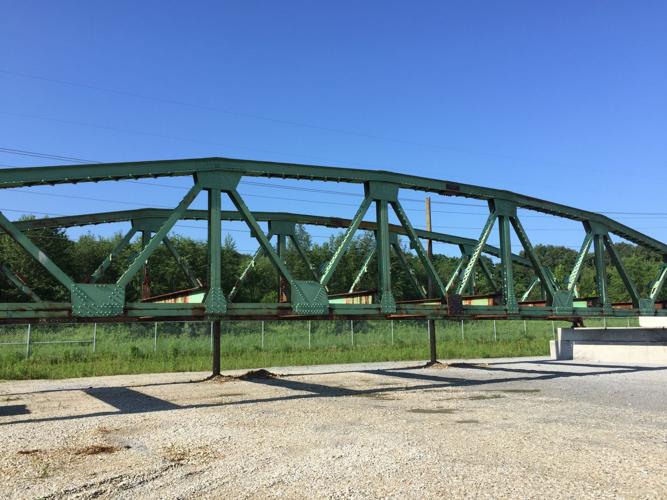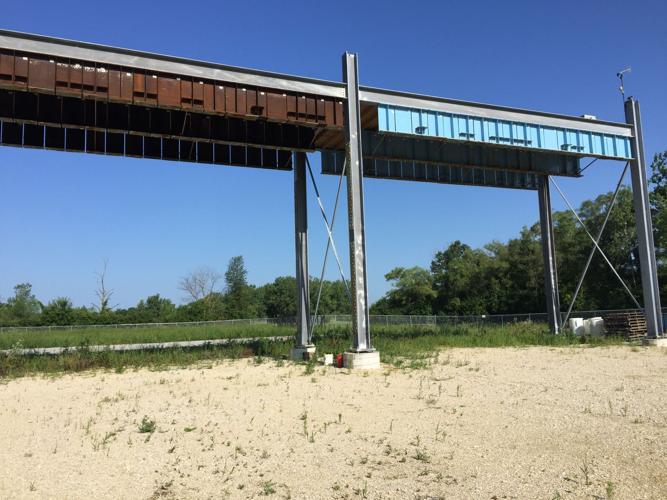Down the road from the Bowen Laboratory and on a dirt path nestled in the woods, is a fenced-in area that houses the S-BRITE site for civil engineering students.
Steel bridges only have a lifespan of 50 years, making it difficult for civil engineering students to get up-close-and-personal with their area of study. There is only so much that can be taught in a classroom without application, and the developers of the Steel Bridge Research, Inspection, Training and Engineering Center decided to enhance the way they taught their students.
Students needed a place where they could get a hands-on education and where they could learn from past engineers about how bridges work and are put together. The S-BRITE site brings the idea full-circle by serving as a bridge graveyard so students have the opportunity to apply what they learn in their classroom lectures and labs.
“My thought was, rather than take it out of service, rather than melt it down, why don’t we keep some of these (bridges) and keep them in a component gallery where you can go and look at things and say, ‘here’s what happened on the bridge that collapsed...’ and use it for full-scale training,” said Robert Connor, associate professor of civil engineering and director of S-BRITE.
The site is also used to bring in professionals who fix bridges and test their abilities.
“If you wanted to do long-term, expose-to-the-elements research, where you can’t do it in a laboratory, here we can leave it outside,” said Connor. “When you are working with professionals, you show them pictures of these things ... We can come out and show them the real thing.”
Connor approached the University, which backed the idea and gave him a few acres, leaving some extra property for him to expand in the future if he chooses to develop it.
The site has 10 to 11 acres on both sides of a set of power lines. One side is currently developed and is in use.
The center houses a railroad bridge built in the ‘50s which was used on the Pennsylvania Railroad in New Jersey, two girders from Minnesota which are used to show how a repair could be done, the Indian Trail Bridge from Calhoun County, Michigan recently reconstructed by the Connor’s team and bridges to train professionals.
“We still have a number of bridge pieces taken out of service that we plan to transfer to the Center and put on display for the purposes of education, research and professional training,” said Jason Lloyd, research engineer and director of the site. “These will add to the growing library of bridge components already there, and we are always on the lookout for more components that might round out the Bridge Component Gallery, as we call it.”
The idea behind having the bridges is so students can see cracks and problems with them, learn how to apply what they have learned and see how others have done repairs in the past.
“I brought my graduate class in steel down and we spent about two to three hours here at the end of the semester just looking at different details we had talked about in the class,” said Connor.
The Indian Trail Bridge was a project for the team because it came to them in pieces. They bolted the pieces of the trusses back together and allowed students to help.
“There is nothing like (S-BRITE) in the U.S., and I don’t think the world. Thus, the opportunities are only limited by what we can imagine we can do at this larger facility, (which is) 22 acres,” said Connor. “The obvious things are related to being able to take students at all levels, even K-to-12, to see full scale bridge components to spark interest in the STEM area.”


